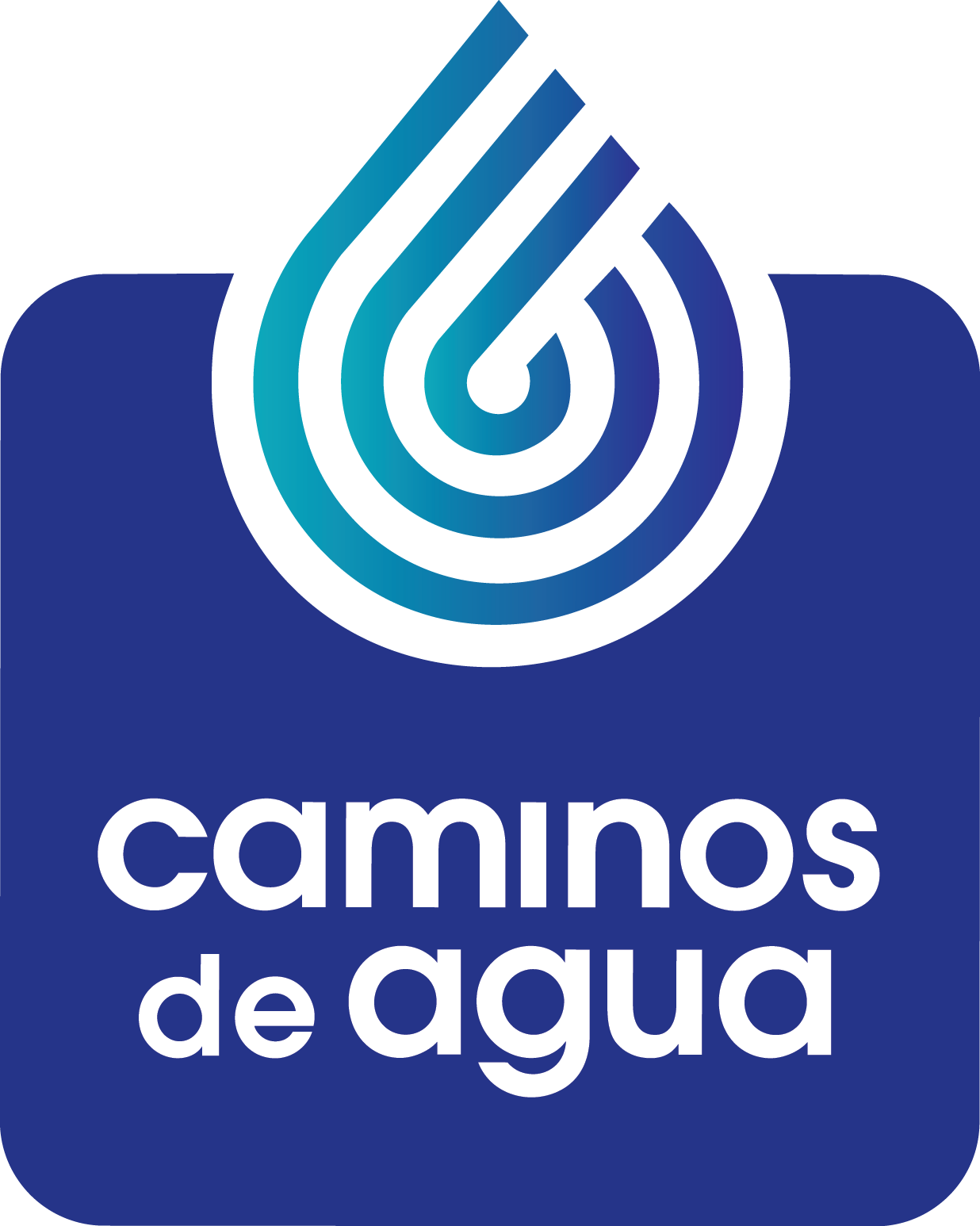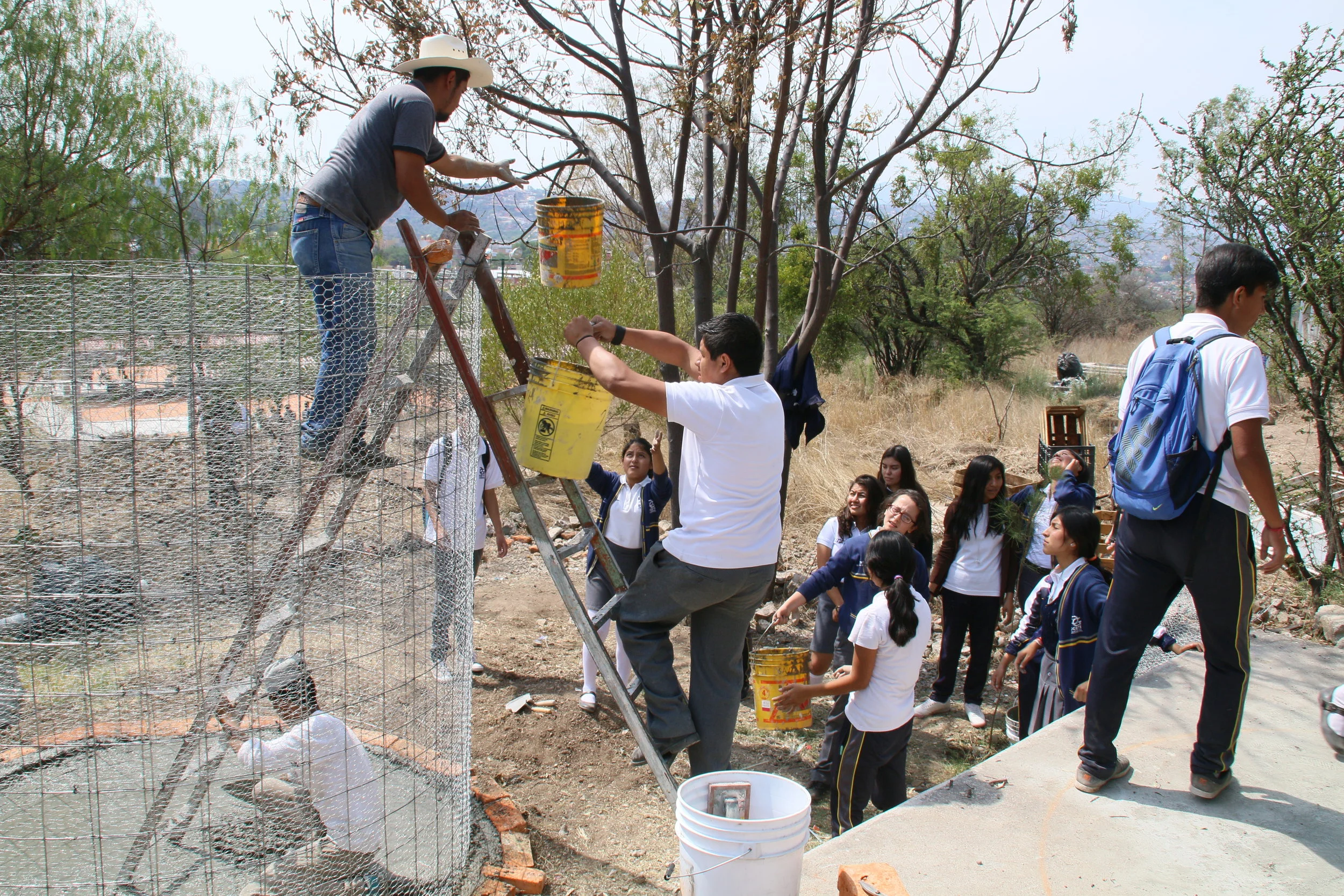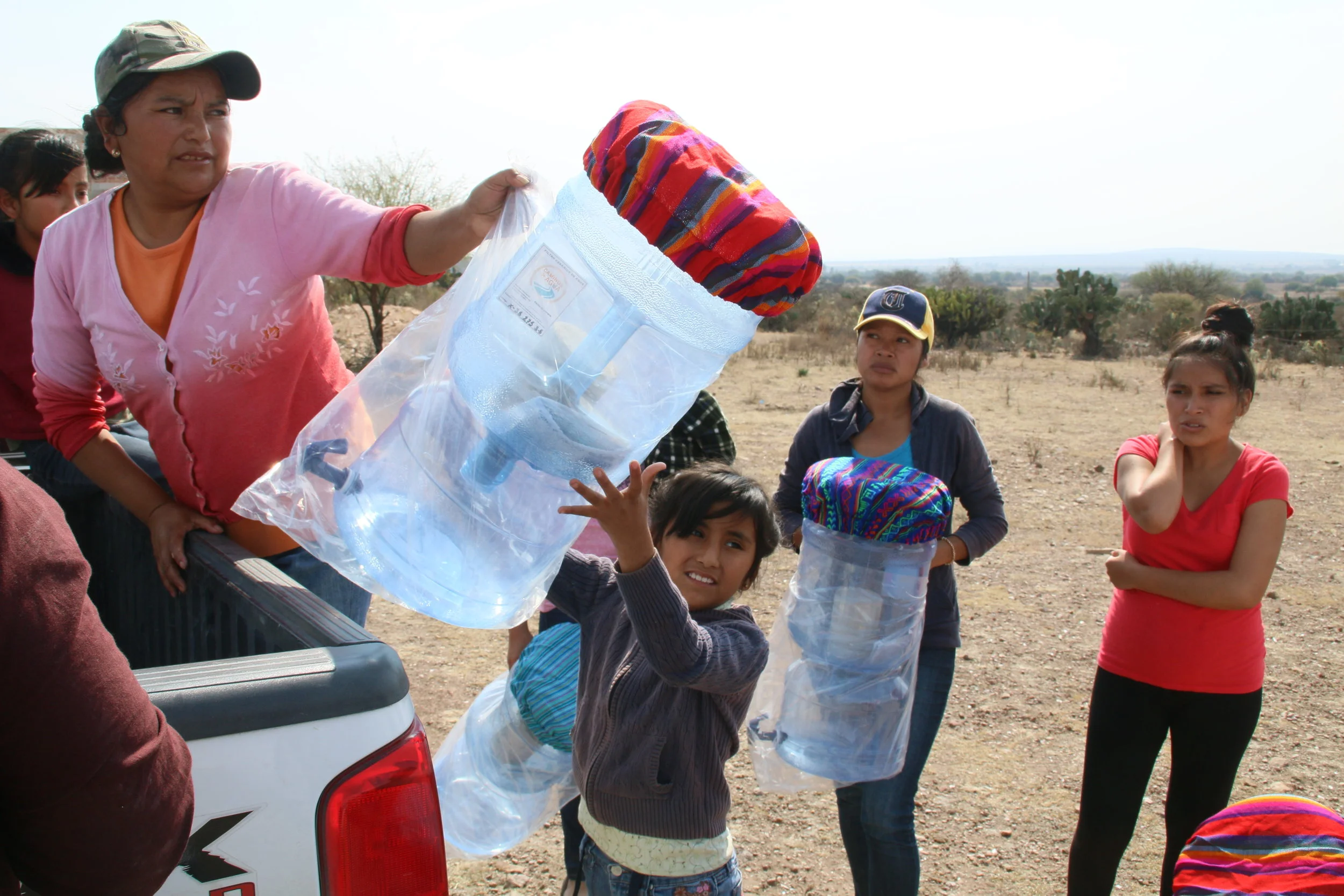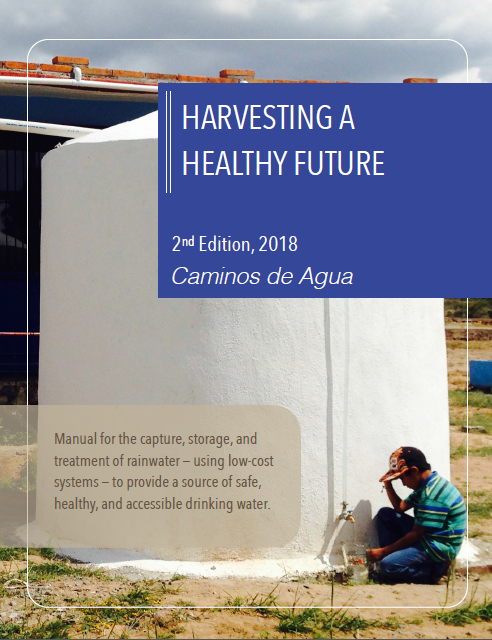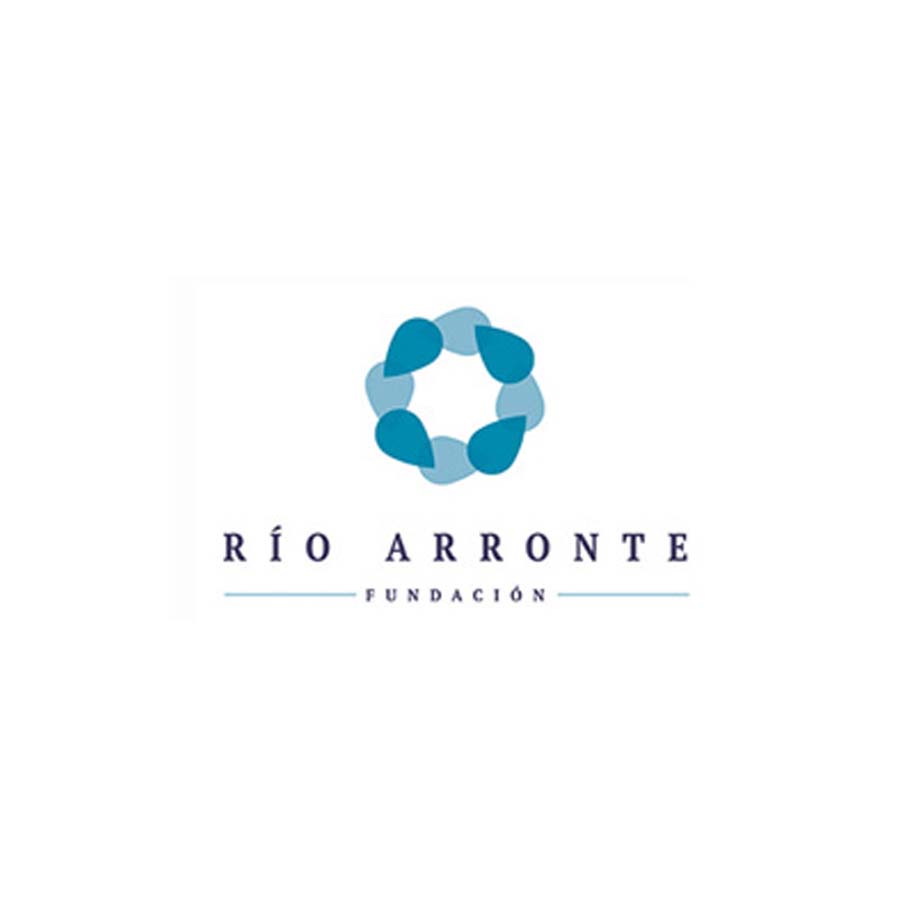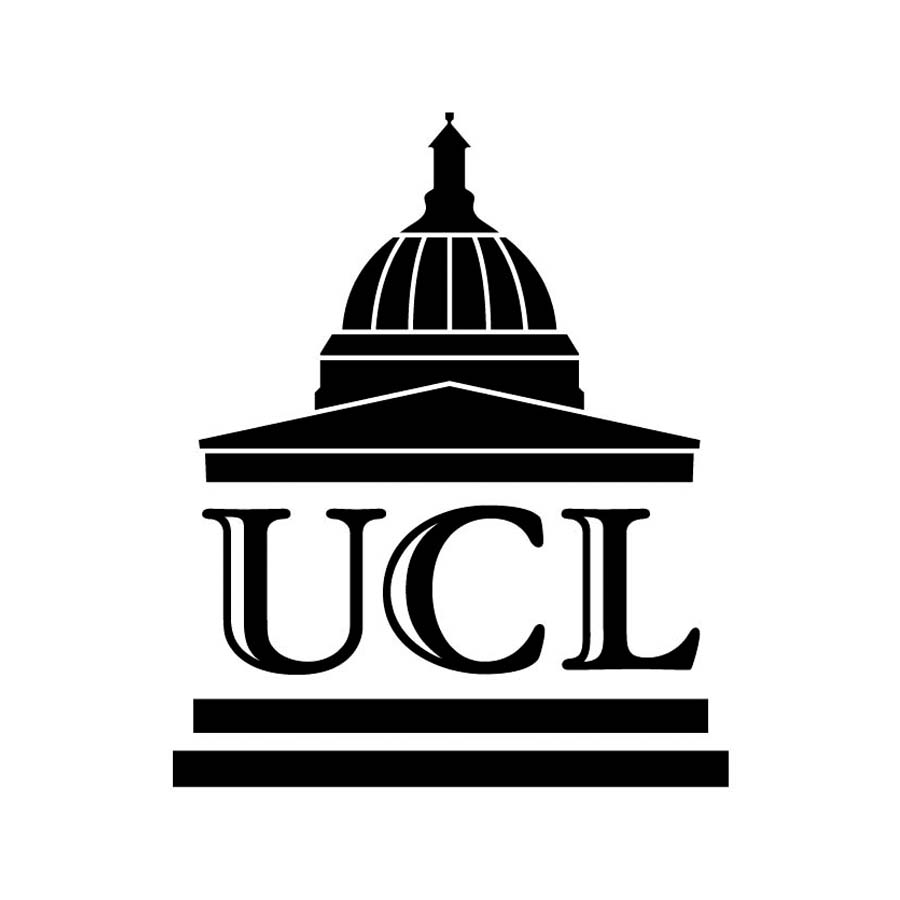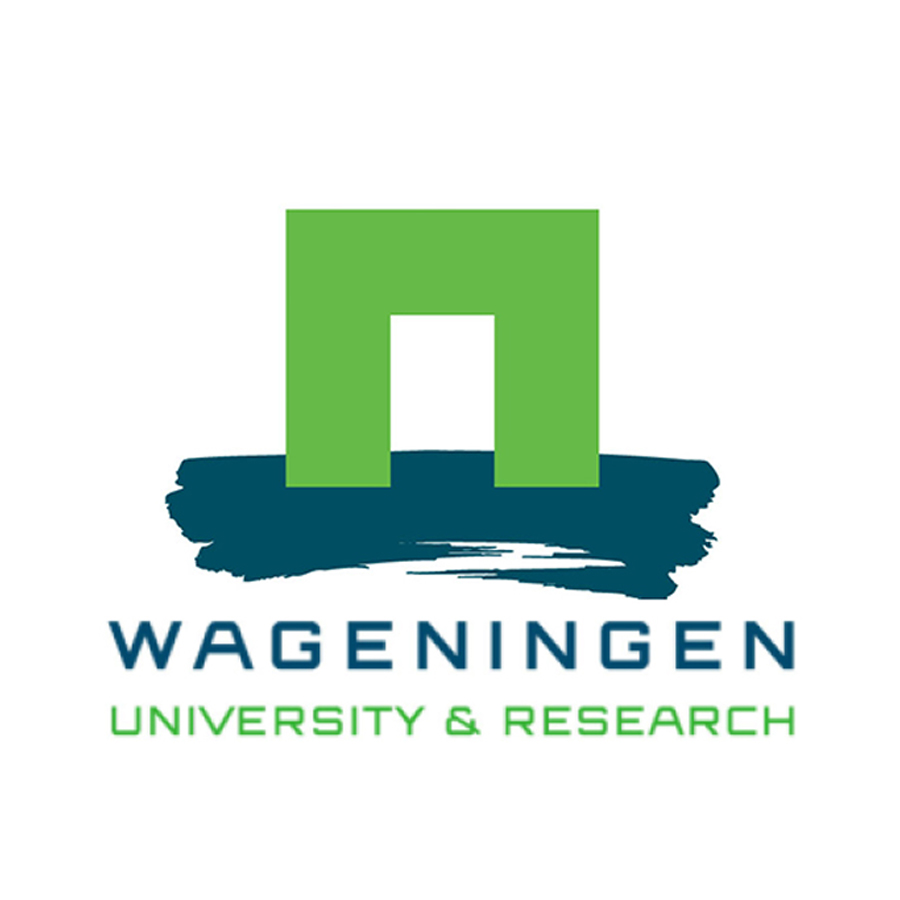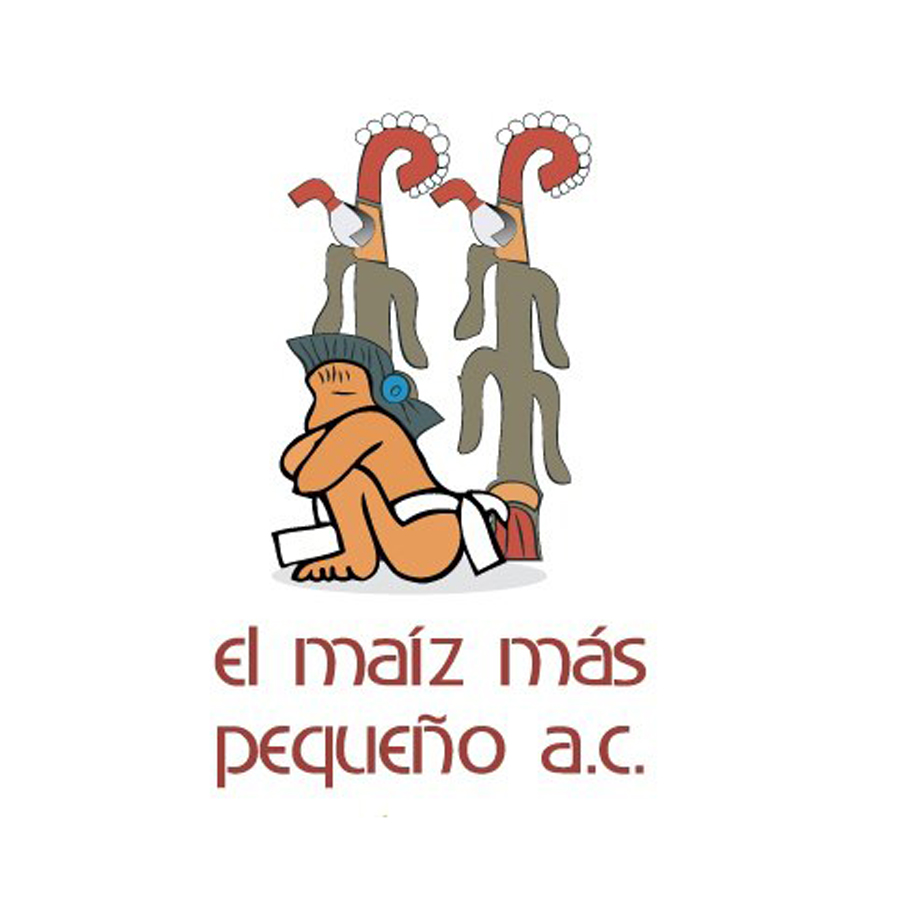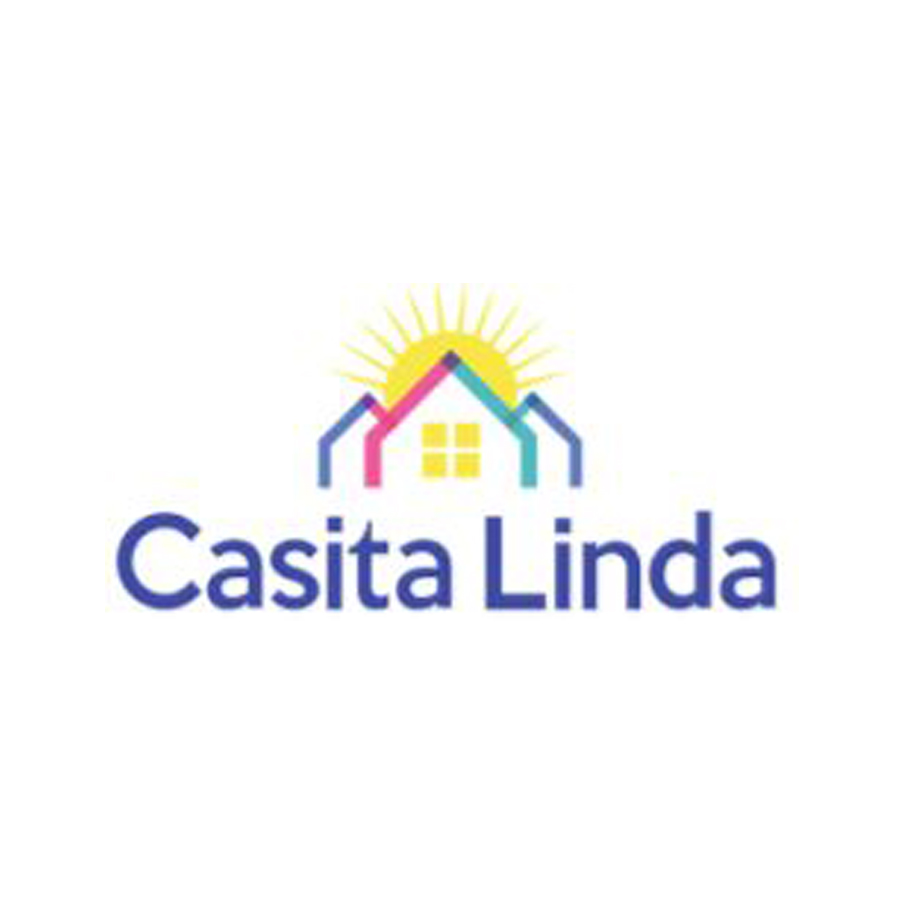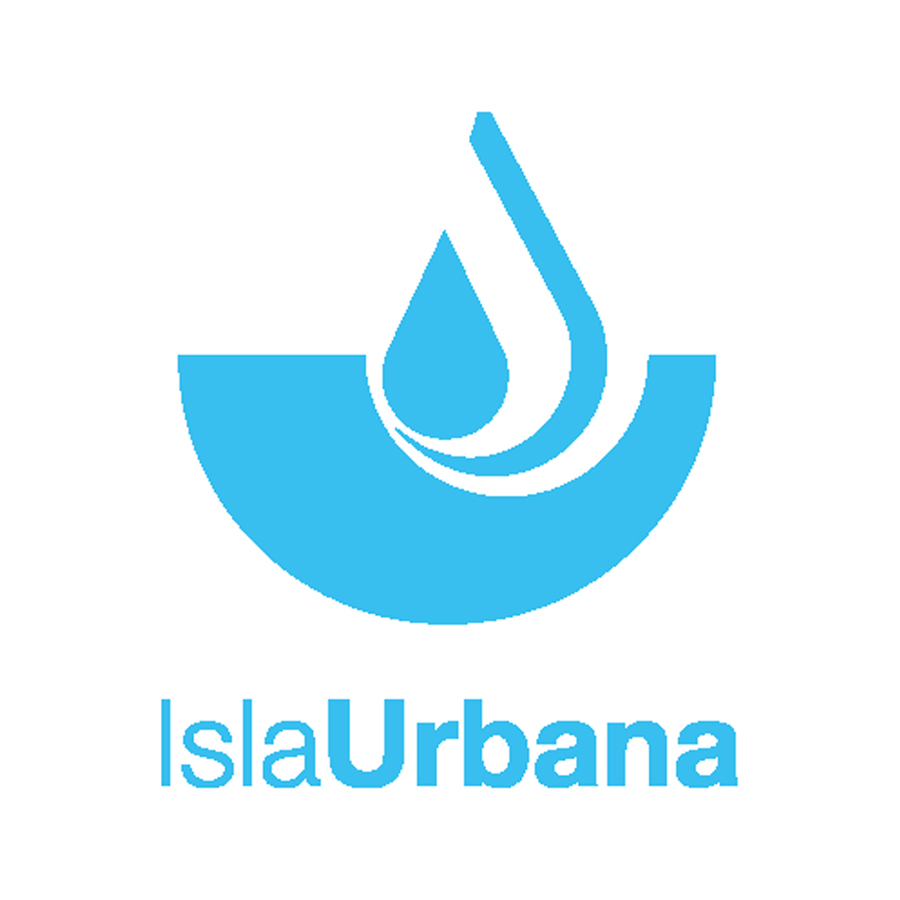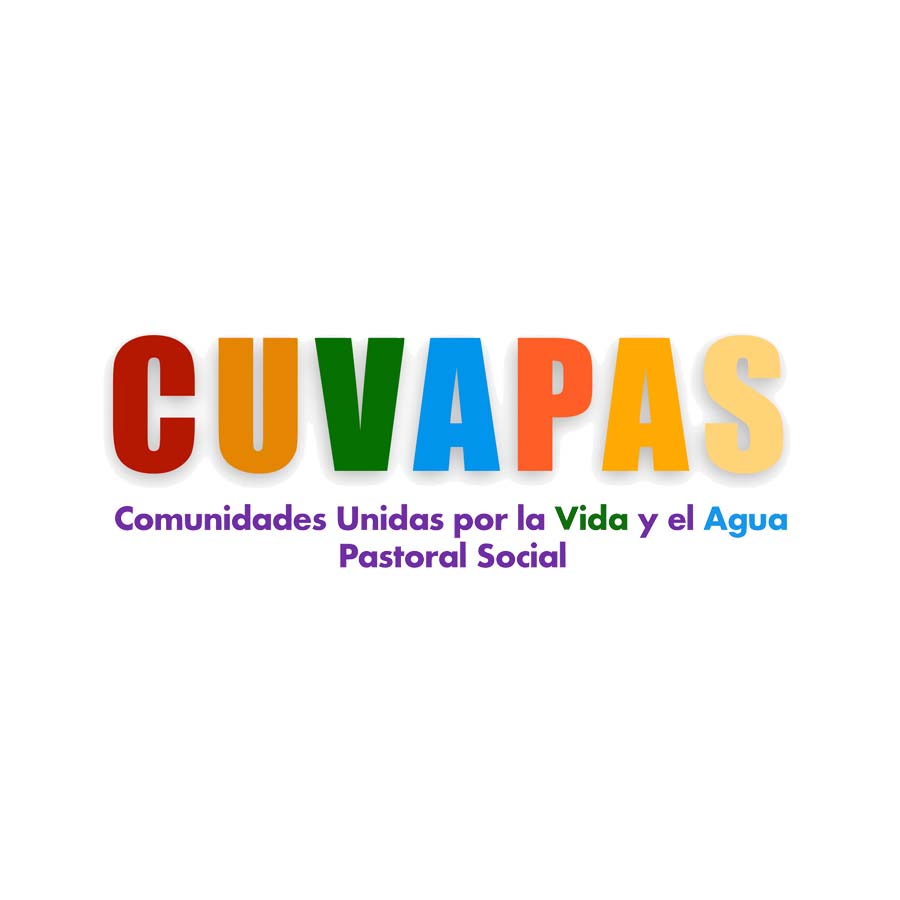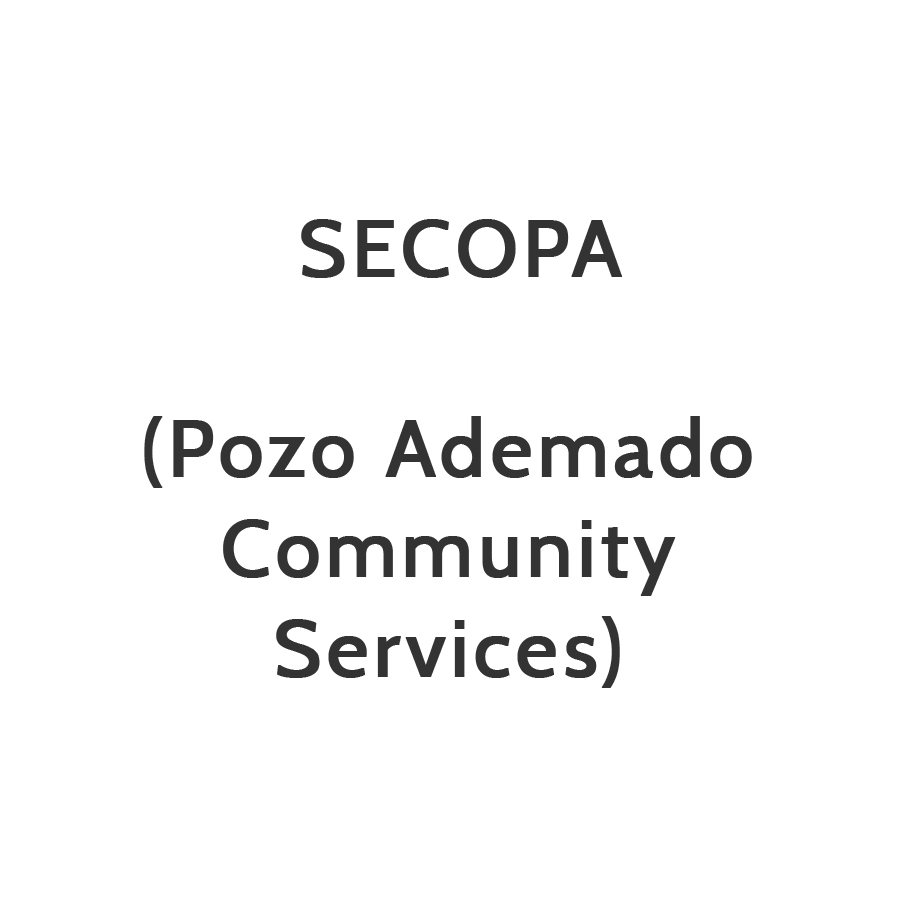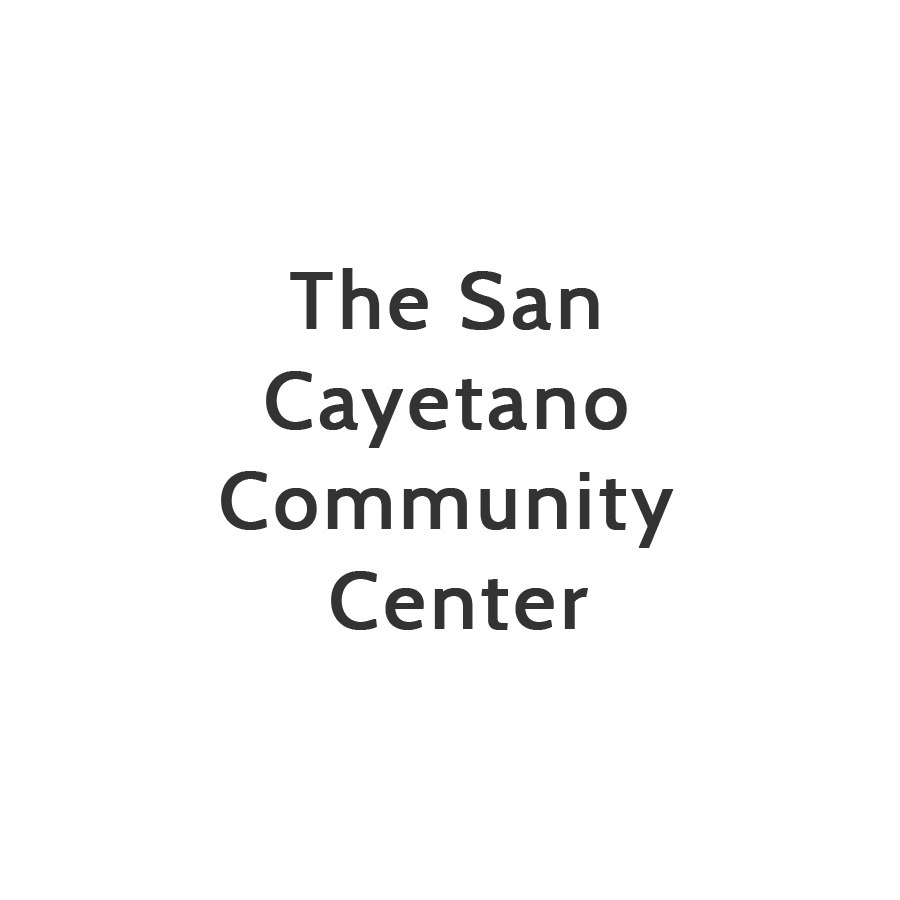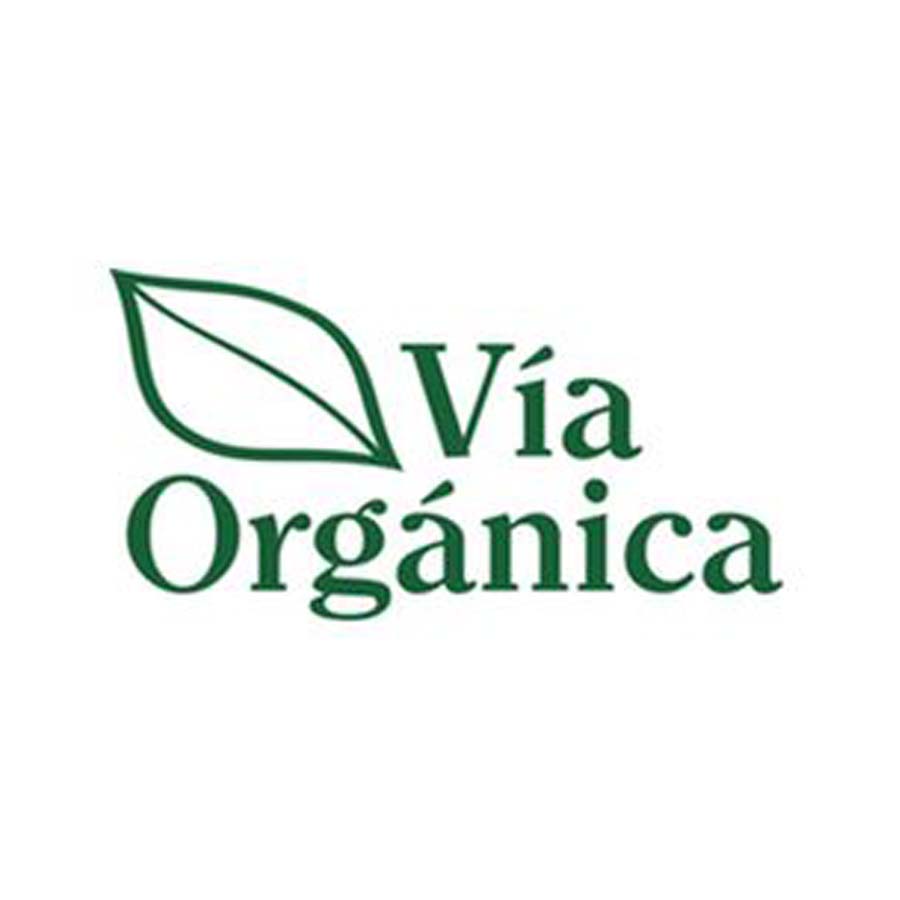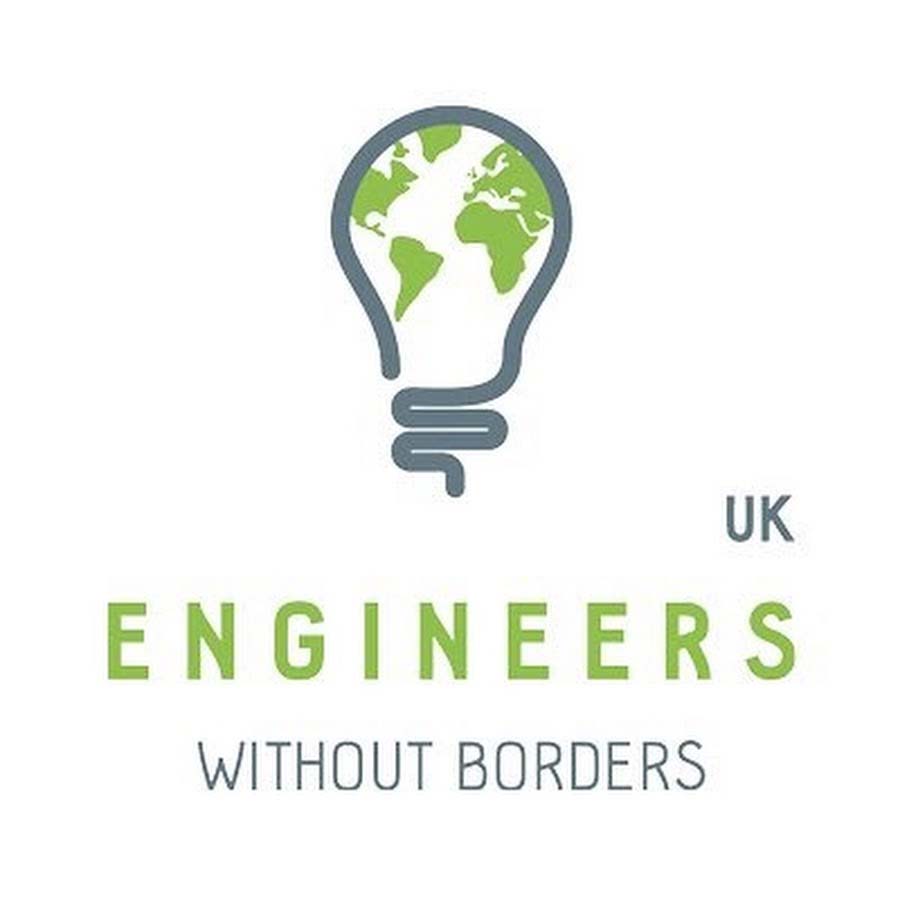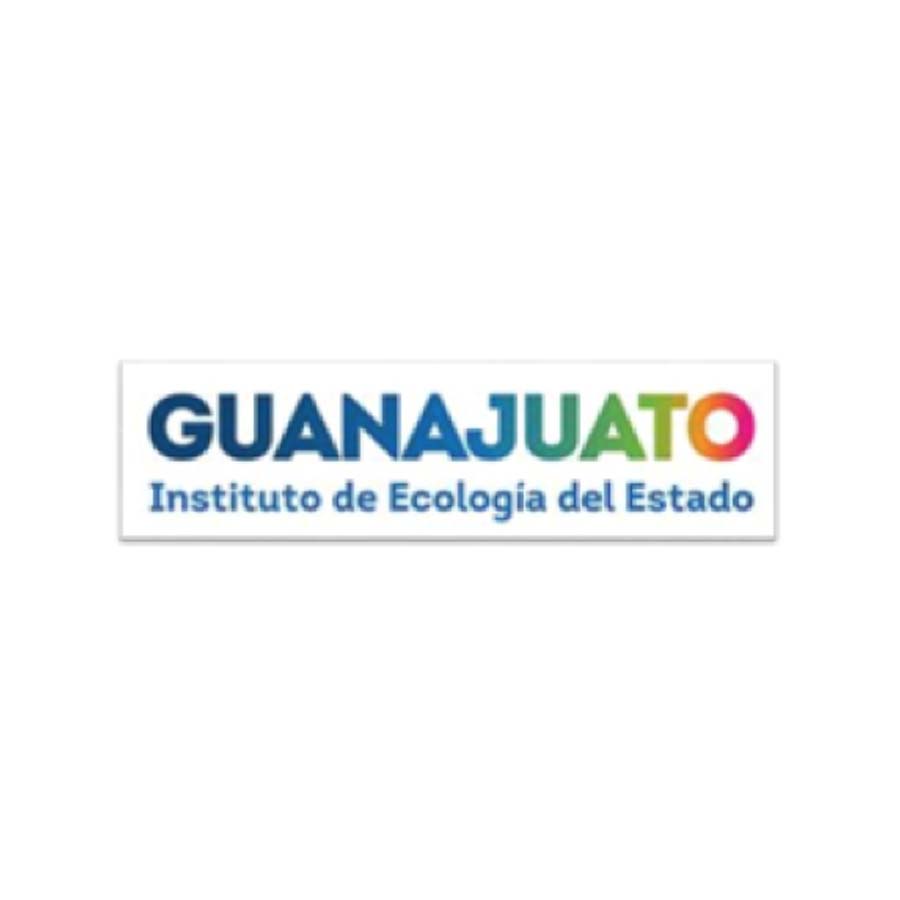Rainwater Harvesting
Today, 3.6 billion people live in water scarcity conditions, and as groundwater and surface water resources continue to dry up, that number is only expected to grow. These traditional water sources are also becoming increasingly contaminated. Groundwater can contain naturally occurring heavy metals and minerals (like arsenic and fluoride), and surface water and shallow wells are becoming increasingly contaminated with organic chemicals from agricultural and pharmaceutical runoff as well as industrial dumping due to inadequate regulations. Long-term exposure can cause numerous cancers, development disorders, interference with the endocrine and reproductive systems, and a host of other health problems.
Finding new water resources is critical for the health of our planet. The solution becomes infinitely easy when we simply look to the sky and begin to view rainwater as a resource, instead of a nuisance.
Rainwater is immune to water table loss, and is also inherently free of chemical contaminants like arsenic, fluoride, pesticides, and other agricultural or industrial runoff. Caminos de Agua’s rainwater harvesting programs improve community health, reduce environmental stress on over-extracted aquifers, and give people control and consistency over their water supply. These programs leverage community organizations and volunteer labor. Rainwater isn’t just the solution for our region, it’s a solution for the world.
On this page you will learn about rainwater harvesting systems, find information on our community-led rainwater harvesting projects, and be able to access our open-source educational materials to learn how you can capture rainwater and build your own systems.
Our Impact
 Our Rainwater Harvesting Systems by the numbers
Our Rainwater Harvesting Systems by the numbersRainwater harvesting systems — like any technology — are useful tools, but not complete solutions in and of themselves. Success is dependent on community participation and ownership. For our rainwater projects, community members make all decisions regarding organization, beneficiaries, and locations. This method contributes to stronger, better-organized, and more resilient communities, which in turn leads to ownership and lasting success of our work.
Show More
 Meet Doña Esperanza
Meet Doña EsperanzaWhen Doña Esperanza was younger, there was plenty of good water for everyone in San Antonio de Lourdes – just three shallow wells served the entire community. But as the water table dropped, those shallow wells dried up, and the community needed to install a well 10 times deeper. In 2010, that deep well went dry too – actually collapsed in on itself – and the village has been without water ever since.
Show More
To survive, families buy plastic tanks and fill them at distant villages or irrigation wells – one of which registered the highest levels of arsenic and fluoride we have ever seen. The local kindergarten often went weeks without water for washing or flushing in their bathroom.
So Doña Esperanza and her neighbors got organized, and in 2015, Caminos de Agua helped them build their first rainwater harvesting system – providing a handful of residents with safe and healthy drinking water for the first time in years.
In the following the years, Doña Esperanza and others from the community continued to work with Caminos de Agua and one of our most important grassroots partners – United Communities for Life and Water. Together, we have completed four projects – building 20 large-scale rainwater harvesting systems and installing dozens of ceramic filters in schools, homes, and at the community church.
Today, Doña Esperanza continues to be a leader in her community, and was recently named an official member of the water committee.
Thanks to Doña Esperanza, and others like her, there is hope for a new generation in San Antonio de Lourdes.
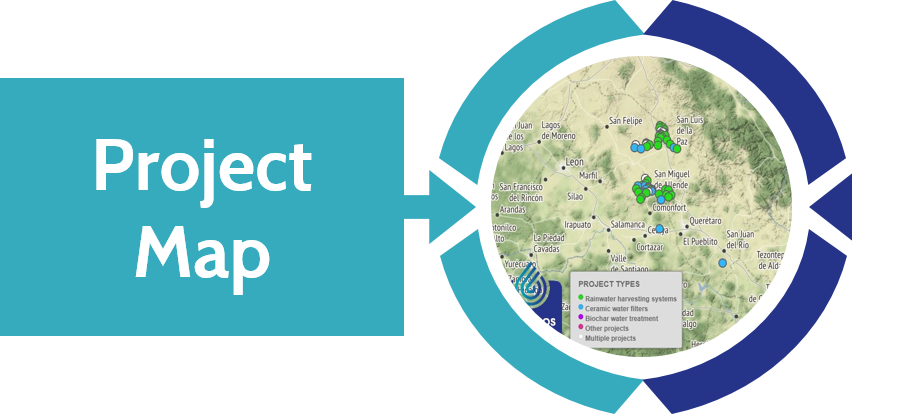 Our Project Map
Our Project MapWe work in partnership with local communities and grassroots organizations to create long-term sustainable water solutions through projects and trainings in both rural and urban communities. Our current work includes production and distribution of our certified Ceramic Filters for eliminating water-borne pathogens, community-based installations of rainwater harvesting systems, and installation of biochar treatment systems. Learn more about our community-led rainwater harvesting projects, on our Project Map.
Show More
For the best viewing experience, we recommend NOT using Safari to explore this map.
Chrome, Firefox, Explorer, Opera and Edge all offer excellent browser viewing experiences. Double-click or 'shift-drag-click' to zoom into certain regions. Click a point to learn more about a given project. Many project summaries include photos, additional documentation, and even videos.
Project reports and summaries
Show Morerainwater harvesting Resources
Videos
Rainwater Harvesting Project in Cerritos, Guanajuato Show More
Rainwater Harvesting Project in CBTis #60, San Miguel de Allende Show More
Our Rainwater Harvesting Projects
Show More
Water, Justice, and Sustainability in Rural Guanajuato - Dylan Terrell (executive director), TEDxSMA Show More
Consuming the future - Jaime D. Hoogesteger van Dijk (Wageningen University) Show More
Our Educational Materials
Rainwater Harvesting Construction Guide (Only Spanish) Show More
Rainwater Harvesting Manual Show More
Online Resources
